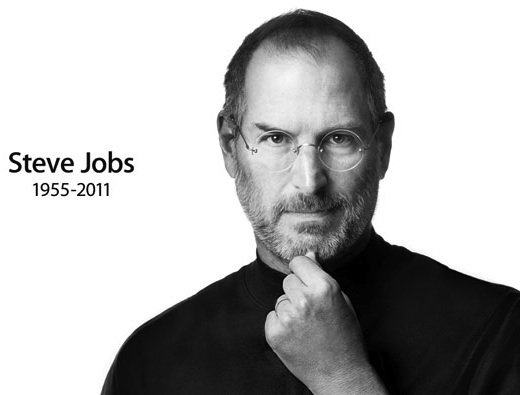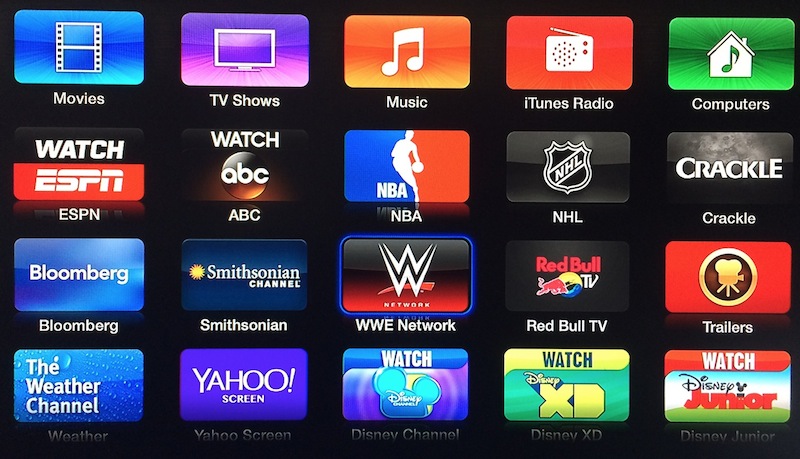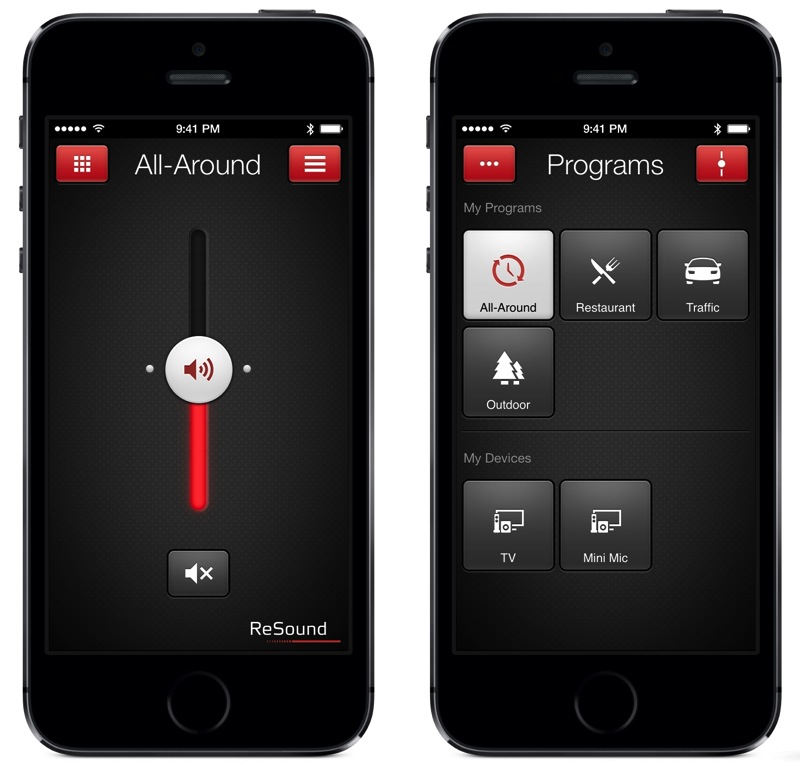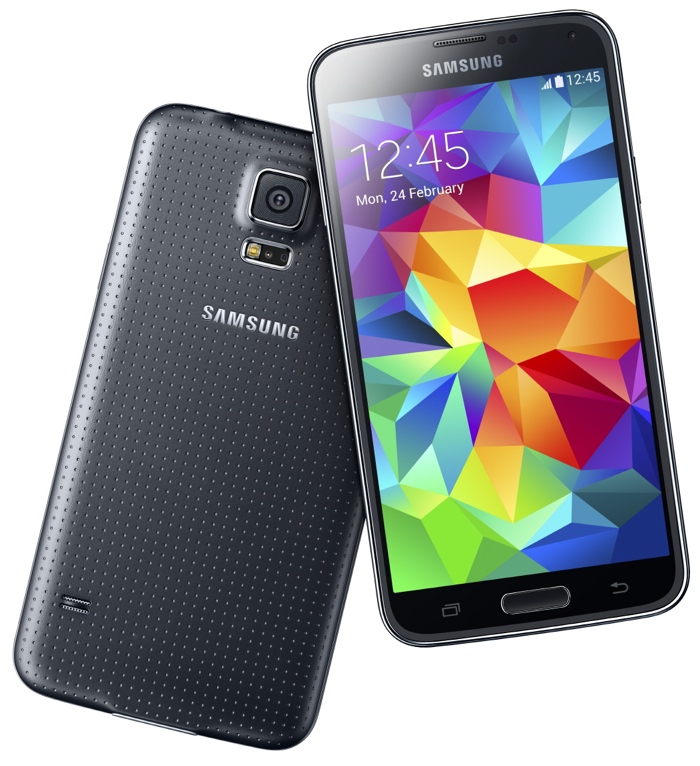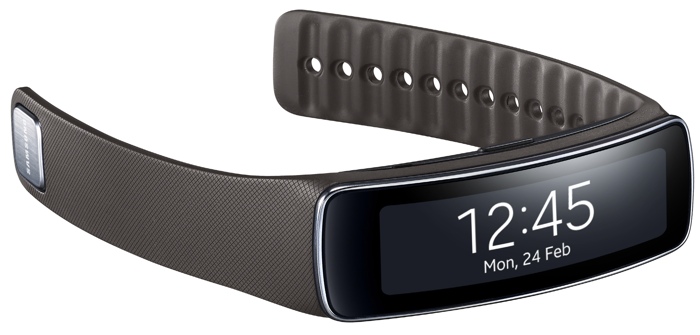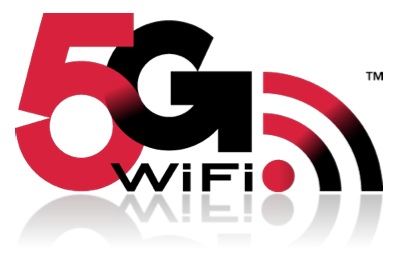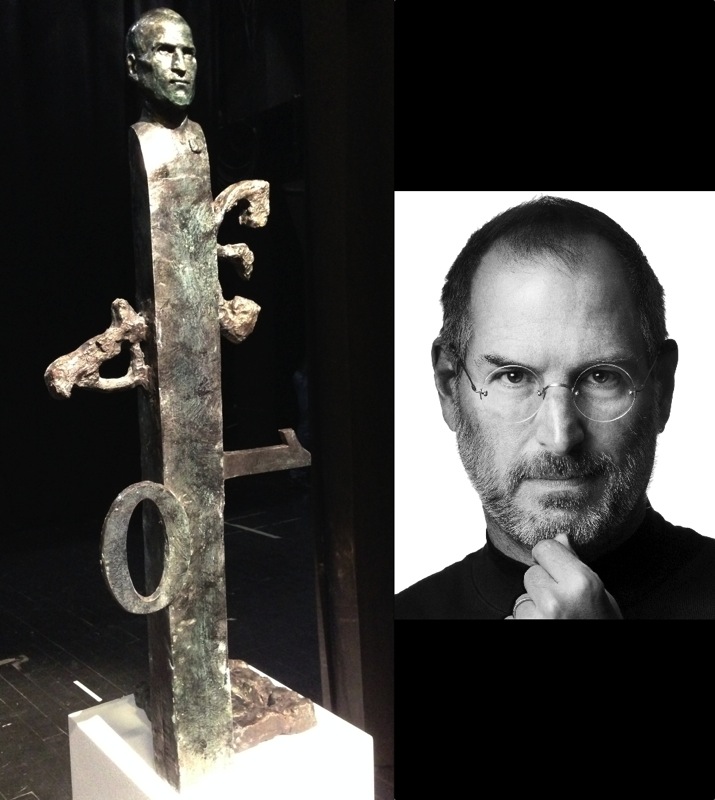Apple has completed the rollout of two-step verification in several new countries, reports 9to5Mac. As noted on Apple's website, these new locations include Canada, France, Germany, Japan, Italy, and Spain. Reports from at least one German user suggests Germany already had two-step verification, but lacked the verification through SMS feature, which was enabled today.
twostepverification
Last May, Apple expanded its two-step verification system to several countries in North America, South America and Europe. This feature apparently was launched prematurely and disappeared shortly after it was enabled.
While it’s always possible the feature might disappear like last time, this time around things look more official with users having full SMS support through local carriers and Apple listing the new countries on its support sites. Apple also has a list of supported carriers for receiving SMS messages by country here that was just updated.
Two-step verification is an optional security feature that requires Apple users to verify their identity before making purchases or logging into their Apple ID account. This extra layer of protection requires users to enter a 4-digit verification code sent to a trusted device via Find My iPhone or SMS. Once enabled, this system replaces the standard security questions.
Apple introduced this security feature in March 2013 to users in the U.S., U.K., Australia, Ireland, and New Zealand.
credit : https://googledrive.com/host/0B7NKAY5rSqLJUHhpME5JdmhzMlU/


